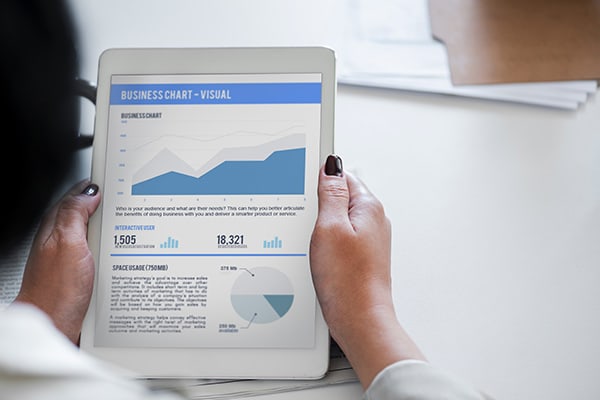Fact Sheet
Business Valuation Multiples and
Capitalisation Rates Explained
Topics discussed in this paper include:
Valuation Multiples Capitalisation Rates Risk Profile

Determining the appropriate valuation multiple, or capitalisation rate, is often the most difficult task when valuing a business. When considering the value of a business, it is not uncommon or surprising for experienced Valuers to hold differing opinions as to the most appropriate multiple to apply. Unlike other professionals, for example in the real estate industry, business Valuers often do not have the benefit of a reliable pool of sales statistics to compare. They therefore must rely on other methods to determine the most appropriate multiple to apply.
Backgrounder…
Determining the appropriate multiple is often the most difficult task in valuing a business. It is not uncommon to have different opinions on the appropriate multiple for the same business. That said, most Accountants and business Valuers would agree that an appropriate multiple for the majority of New Zealand SME’s would be between one (1) and five (5).
An easy way to determine the multiple would be to compare to sales of similar businesses. However, unlike listed companies, the sale prices of SME’s are not readily available. Most SME businesses are owned privately, and when sold, are normally sold to privately owned companies. Even if information is available, one really shouldn’t rely on comparable sales because there are so many variables in every business transaction that using a small amount of data (such as the profit and the sale price) could be very dangerous.
Determining the Multiple…
So how do we determine the valuation multiple?
Essentially we need to determine the required rate of return on a business (asset) given its risk profile. A rate of return or capitalisation rate can be converted to a multiple by dividing 1 by the capitalisation rate. For example, if it is determined that a required rate of return to invest in a business is 40%. Its multiple would be calculated as 1 divide 0.4 = 2.5.
The higher risk a business has, the higher rate of return an investor would require to invest in the business. Conversely, a low risk asset or business would only need a small rate of return to attract investors. An example of this is Government Bonds. Kiwi Bonds may only offer a return of around 3% – 5% but because they are considered to be almost risk free, this is an acceptable rate of return.
A little further up the scale of risk are shares in NZX listed blue-chip companies. Shares in these large companies generally provide an average return of around 6% – 7% over the long term (equates to a multiple of 14x to 16x). This return is slightly higher than the government bonds, compensating for the small additional risk.
At the risky end of the scale we have small businesses. Valuation multiples of SME’s vary considerably across a range of 1 to 5 times earnings. This equates to a capitalisation rate 20% to 100%. This higher required rate of return is clearly due to the high risk profile of SME’s.
In closing…
Valuation multiples of SME’s will always be considered a subjective area. However, by thoroughly reviewing a business and understanding its risk profile, an experienced business Valuer can determine an appropriate capitalisation rate and valuation multiple. Factors such as the business’ size, key-person reliance, industry, age, and composition of suppliers and customers are all considered when undertaking this assessment.
An independent business valuation compiled by a professional can help.
Contact BIZVAL to learn more and order your expert business valuation today.